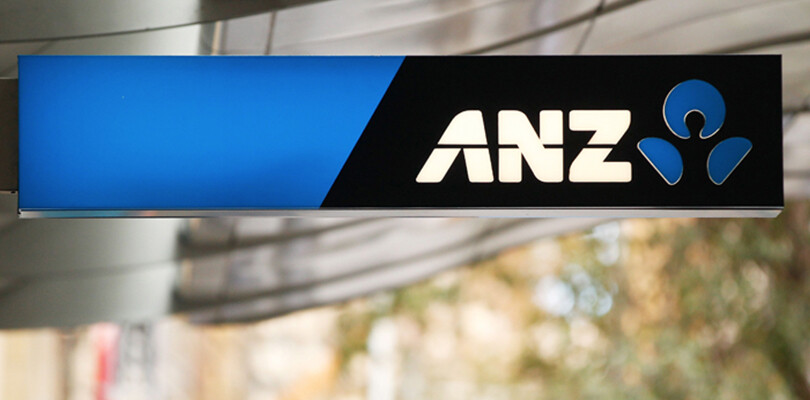How ANZ Bank Broke Down Barriers to Employee Advocacy
Editor's Note: This guest post was authored by Stella Walsh, Senior Manager, Social and Digital Communications at ANZ.
At ANZ (Australia and New Zealand Banking Group), we have 50,000 employees working across the Asia-Pacific region. With such a large workforce, we saw an opportunity for employees to help be ambassadors of our brand, and in turn raise their profiles as knowledgeable experts on personal and business finance. However, this required a commitment to regular content sharing that wasn’t part of the culture.
Leading by example
As a first step, we needed to break down barriers to employee advocacy. One way was leading by example: We asked “social stars,” or people already active on social media, to begin sharing content through the LinkedIn Elevate employee advocacy platform. This initial employee activity helped encourage buy-in from less social employees as we scaled the program.
We also took time to ask employees how content could serve the needs of their particular audiences. To help us get this information, we conducted a survey of employee advocates so we could learn about gaps in our content that we needed to fill. As an example, we found that salespeople and personal wealth advisors wanted industry thought leadership so they could be seen as credible experts, while recruiters wanted content about company culture to drive views to our job listings and raise awareness of ANZ as a great place to work.
Showing the value of building a professional brand
Employees who were new to social sharing needed to be reminded of the benefits to taking part – like building their professional reputations, becoming higher-profile thought leaders, and improving sales conversions. We collected success stories from employees and shared them as mini case studies, which encouraged hesitant employees to try it out. We also tried to foster friendly competition to encourage employees to share more, and add a bit of fun to the process. We shared leaderboard data from Elevate so employees could see the top sharers and consider upping their sharing themselves.
As our employee advocacy program gained traction, we also found it valuable to look at the metrics gleaned from our platform. Knowing which content people engage with the most, and which employee groups show the most progress in becoming advocates, helps guide our future content development and training efforts. Since we began using the Elevate platform, employees share content 6X more than they did previously – a significant increase over the days when we had no formal way for employees to share content. We’ve also seen a 2.3% engagement rate with employee-shared content.
Criteria for choosing a platform
At ANZ, we ran a side by side comparison of Elevate with another solution. After piloting both for several months, we realized that there were three critical factors to ensuring success of an employee advocacy program:
- Ease of use - your employees need to be active and engaged on the platform for your program to be a success. Make sure you choose a solution that makes it easy to onboard employees and then keep them engaged.
- Data - you need to understand program performance not only to continually optimize your own efforts, but to demonstrate the value of employee advocacy to senior leadership.
- Scalability - unless you’re planning on keeping your program limited to one function or department, it’s important to think long-term and how a solution will easily help you scale across your organization.
We’re hopeful that employee advocacy will have a positive impact on sales conversions and recruitment. The more employees we can bring on to Elevate, the more powerful we can be in delivering messages that help our customers.
Learn more about LinkedIn Elevate.




